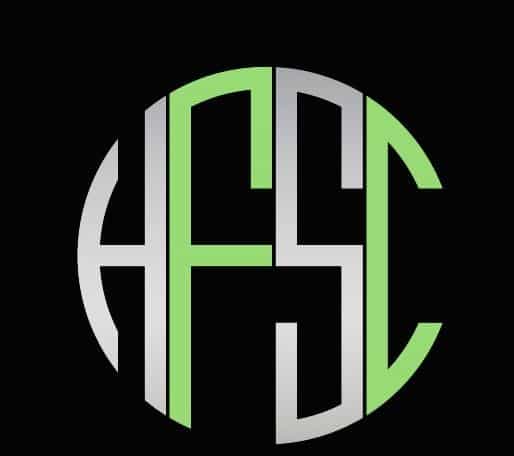Exercise Execution
Exercise selection is important for sure, but exercise execution is what actually puts money in the bank, aka makes gains.
It is imperative to not only chose exercises intelligently, which you should feel confident with if you’ve made it this far, but know what you’re looking for and how to coach it.
So, here you go! This will be the ultimate guide for exercise execution of different movement patterns 😁
Knee Dominant Execution
Hip Dominant Execution
Pressing and Push-up Execution
Pulling Execution
Core Exercise Execution
Why Is Execution So Important?
Well we already know we are trying to cause an adaptation.
Therefore we know need to stress the muscles properly.
Well, if we aren’t moving properly we will not stress the muscles properly. In fact we might put more stress on joints, tendons, and ligaments instead.
For example, doing a squat with the hips tipped forward and a big arch in the back literally makes joints and ligaments stop the descent versus muscles.
So, not only would that decrease the gains made from training but it would increase risk of injury, recovery time, and aches and pains.
You know what makes it really hard to train hard?
Aches and pains.
It’s pretty tough to get things done in the gym when our clients come in and say, “Hey I probably can’t do this or that today because this and that feel tight, sore, or painful.”
Training should not hinder movement.
Training should improve existing movement options and provide new ones. (Unless you’re a powerlifter)
The stacked position mentioned in the video is seriously a game changer for movement quality.
Achieving the Stack can be easier said than done. Learning how to manipulate exercises and implements used is part of the process to becoming a great trainer.
One of the challenges with larger clients is that it becomes harder to see positioning and how things are moving.
The good thing is that you can assume that someone with extra weight on their body is pretty extended, ribs flared and hips tipped forward.
So, doing exercises and putting them in positions that help get the ribs down and hips tipped back will be a good idea.
Now that you know the concepts, go and practice!
The best way to learn is to practice and experiment.



